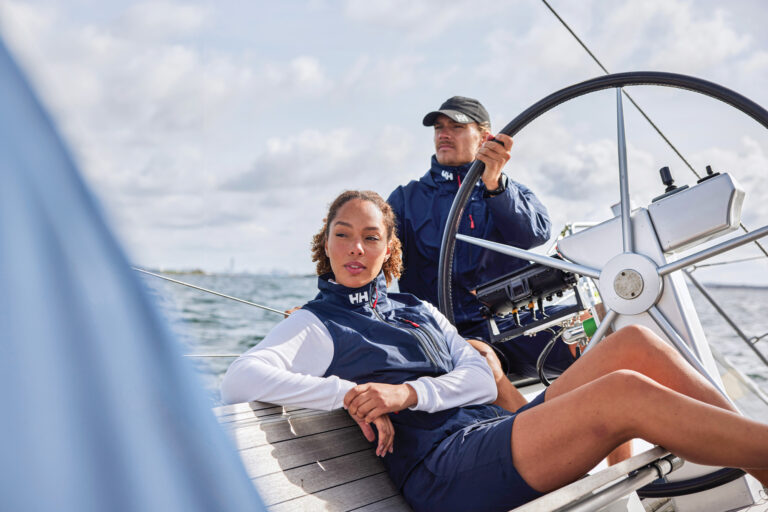MOOREA
When people speak of French Polynesia, more often than not they are thinking Bora Bora or Tahiti. That’s not to say Moorea isn’t a worthy stop as well. The island of Moorea is within sight of Tahiti and it’s much less crowded-a population of 9,000 compared to Tahiti’s 120,000-plus.
Expect the typical French Polynesian experience of white, white beaches and clear water with abundant marine life, such as dolphin and whales to complete the experience.
The wet season in Moorea falls between November and April. Since Moorea gets 3/4 of its rainfall then, planning wisely is key.
SPITSBERGEN
Spitsbergen is the common name for the archipelago in the Norwegian Sea that sits roughly equidistant from Norway and the North Pole, but the locals are more likely to refer to it as Svalbard. Why, you ask? Because svalbard means, literally, “cold coast.
So, you know what you’re in for if you venture this far north. But, if you’re tough enough, the benefits will far outweigh the chill your fleece can’t handle. Spitsbergen has stunning scenery, and wildlife that seems to step from the pages of winter-themed storybooks-like reindeer and polar bears and arctic foxes. The island also boasts the northernmost marathon in the world every July, so don’t forget your running shoes.
GALÁPAGOS
The Galápagos Islands aren’t the easiest to reach, and tourism is tightly regulated, but that didn’t stop Yachting from finding a way to get there (“Galápagos: Enchanted Isles, February 2002), and it shouldn’t stop you either.
The archipelago lies about 600 miles west of Ecuador. Ecuador has the entire chain designated a national park.
Not much has changed here since Darwin made his famous visit in 1845. Among the animals that inhabited the area then (and now) are giant tortoises, blue-footed boobies, flightless cormorants, waved albatrosses and marine iguanas.
MARQUESAS
Located about 1,000 miles northeast of Tahiti, the Marquesas Islands received broad notoriety when Survivor filmed a season there. These volcanic islands are bunched in two distinct groups-the northern group centered around the large island of Nuka Hiva and the southern group of three islands, Tahuata, Moho Tan and Fatu Hiva, which are clustered around the main island, Hiva Oa. Together, they make up about 807 square miles of cruising.
There are several mountain ridges for hiking, cliffs that sweep to the sea and black volcanic beaches to explore. Cruisers will be glad to know that the Marquesan coast is mostly reef- and coral-free.
INDONESIA
Because Indonesia has received its fair share of bad press for terrorist activity, it’s easy to dismiss this island chain, which stretches across the equator. Among the islands that make up the southeast Asian chain are Bali, Java, Lombok and Sumatra.
Diving and snorkeling are best off Bali. Great spots for surfing include Ulu Watu in Bali, Grajagan in Java and Nias off Sumatra. Sumatra has great jungle hiking, and there’s the amazing scenery to take in from your afterdeck.
SAN BLAS ISLANDS
Those who consider visiting Panama tend to plan with a canal passage in mind. If you’re thinking of making the trip, and you aren’t thinking in terms of visiting the San Blas Islands, you’ll miss out on some fine cruising.
The chain of nearly 400 islands is located off the eastern coast of Panama in the Caribbean. They range from miniscule and uninhabited, to well-inhabited with most residents belonging to an indigenous tribe called the Kuna.
Visiting some of the islands is tough, but that shouldn’t deter yachtsmen. The northern islands are hospitable to tourists and boast postcard-perfect scenery. A good stop in the southern part of the San Blas is the island of Uaguitupo, which has some great ecology to explore.
CHILE
Chile dominates the southern portion of coastal South America. Because this sliver of a country extends so far north and south, you can visit just about any time of year and encounter good weather somewhere. Vina del Mar is a great stop away from the crowds of Santiago. Venturing well offshore (about 2,294 miles west), you’ll find Easter Island, which is surprisingly inhabited considering how remote it is. Easter Island has a greater Polynesian influence than Chilean, which makes this destination a best-of-both-worlds stop.








